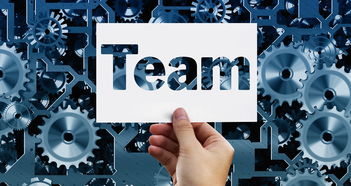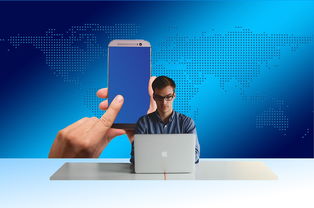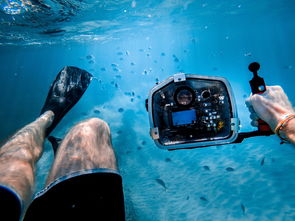In the tapestry of modern existence, the thread of technology is inextricably woven into the fabric of our daily lives. From the moment we wake up to the time we drift off to sleep, technology touches us in countless ways, shaping our experiences, interactions, and even our thoughts. This essay delves into the multifaceted relationship between technology and our lives, exploring how it has transformed the way we live, work, and play.
The dawn of each day often begins with the gentle buzz of a smartphone alarm, a testament to how technology has become an integral part of our morning routines. As we reach for our devices, we are greeted by a world of information at our fingertips. News updates, weather forecasts, and social media feeds provide a quick snapshot of the world outside our doors before we even step out. This immediate access to information has not only made us more informed but has also set the pace for our day, influencing our decisions and plans.
Technology has also revolutionized the way we communicate. Gone are the days when letters took weeks to cross continents. Now, instant messaging, video calls, and social networking platforms connect us with friends, family, and colleagues across the globe in real-time. This connectivity has fostered a sense of global community, allowing us to share experiences, ideas, and cultures with people we might never meet in person. However, it has also raised concerns about privacy, security, and the quality of our interactions, as the line between digital and real-world relationships becomes increasingly blurred.
In the workplace, technology has transformed the nature of jobs and the way we perform them. Automation and artificial intelligence have taken over tasks that were once manual, increasing efficiency and productivity. Remote work has become a viable option for many, thanks to advancements in communication and collaboration tools. This flexibility has allowed for a better work-life balance for some, but it has also blurred the boundaries between professional and personal time, leading to new challenges in maintaining a healthy balance.
Education, too, has been profoundly impacted by technology. Online learning platforms have made education more accessible, allowing individuals to learn at their own pace and from anywhere in the world. Virtual classrooms and digital resources have become staples in traditional educational settings, enhancing the learning experience with interactive content and immediate feedback. However, the digital divide remains a significant issue, with not all students having equal access to these resources, highlighting the need for equitable technology distribution.
Entertainment, a fundamental aspect of human life, has also been reshaped by technology. Streaming services have replaced traditional television, offering a vast array of content on-demand. Video games have evolved into complex, immersive experiences that rival movies in terms of storytelling and production value. Social media platforms have become stages for personal expression and creativity, allowing individuals to share their talents and interests with a global audience.
Despite the many benefits, the pervasive nature of technology in our lives has not been without its drawbacks. The constant connectivity can lead to information overload and a sense of being always "on." The reliance on digital devices has raised concerns about screen time, mental health, and physical well-being. There is also the issue of digital addiction, where the need for constant engagement with technology can interfere with other aspects of life.
Moreover, the rapid pace of technological advancement has left many feeling left behind, creating a digital divide not just in access but also in understanding and运用 technology effectively. This divide can exacerbate existing inequalities and create new challenges for those who struggle to keep up with the changing landscape.
In conclusion, technology has become an indispensable part of our daily lives, influencing every facet from communication to education to entertainment. It has brought about incredible advancements and conveniences, but it also presents challenges that we must navigate carefully. As we continue to integrate technology into our lives, it is crucial to find a balance that maximizes its benefits while mitigating its potential harms. This requires thoughtful consideration of how we use technology, ensuring that it serves to enhance our lives rather than consume them. The future of technology is bright, but it is up to us to shape it in a way that is beneficial for all.









